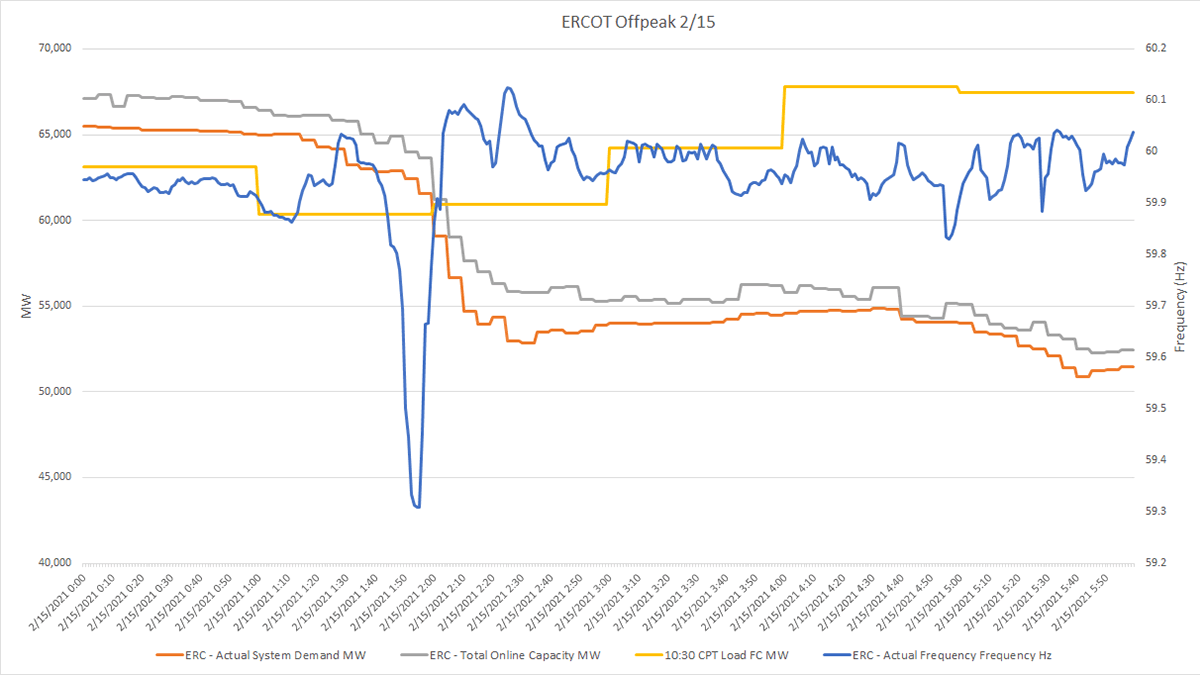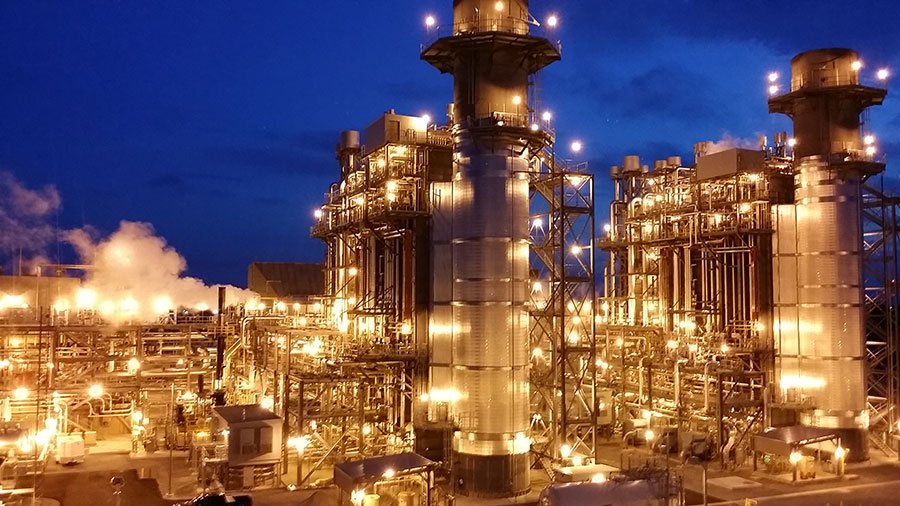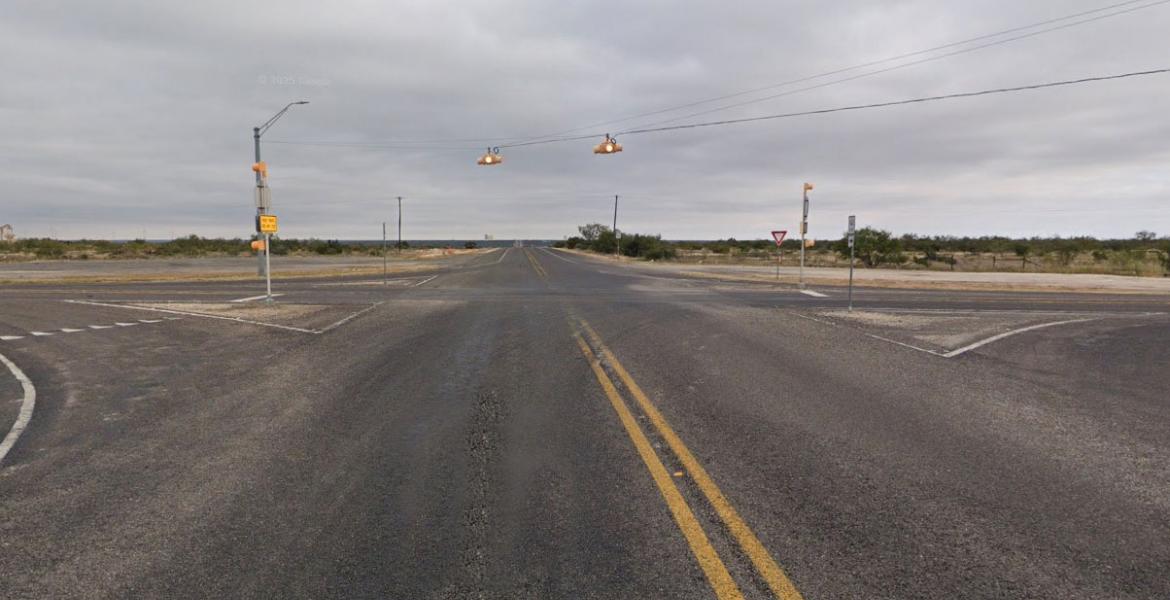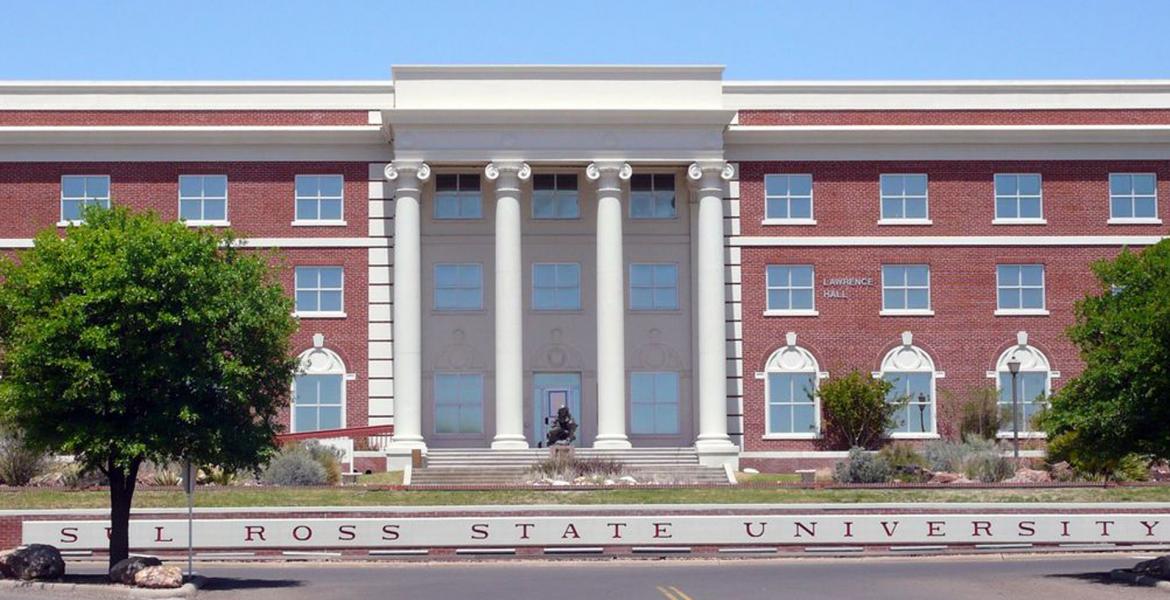SAN ANGELO, TX — State leaders starting with Governor Greg Abbott are wanting answers. How can the state known for its leadership in energy have its power distribution system fail so badly that it put lives in jeopardy?
Sunday night, temperatures hovered in the single digits measured in degrees F. However, the weather turned cold last Tuesday, Feb. 9. By 8 a.m. that day, temperatures stayed right at freezing, 32 degrees, and dropped lower each day of last week. By Monday almost a week later, temperatures didn’t rise above 7 degrees in the north Texas Dallas/Fort Worth Metroplex. The trend followed across the state and practically all of Texas endured single-digit temperatures and snow.
Sunday night the Electric Reliability Commission of Texas, or ERCOT, announced the electricity drain on the grid would force them to begin rolling blackouts. Those blackouts have left many residential and commercial customers without electricity — and heat — while temperatures remained below the freezing level across Texas.
Sitting at his desk in front of his trading computer, Adam Sinn, an entrepreneurial commodities trader and owner of Aspire Commodities in Houston who specializes in power generation financial instruments, was looking at Genscape on his computer monitor. Genscape PowerRT is a commercial software product that allows those in the energy business to monitor ERCOT’s power grid in real time. Aspire also used software created by Innotap. He could see almost everything, he said.
Others in his office joined him, watching the grid as Sunday night turned into early Monday morning, Feb. 15. At 1:55 a.m. Central Time, Sinn’s colleague, Ramon Bocanega, saw the frequency across the grid drop to 59.308 Hz. Maintaining the frequency within a range at around 60 Hz is imperative to keep all of the power generation plants online and supplying electricity. That 7 Hz drop was enough to cause pandemonium, as the power plants will automatically shut down when out of sync with the grid, Sinn explained.

A graph depicting the drastic frequency drop across the Texas electrical power grid at 1:55 a.m. Feb. 15
When the power plant drops offline like this, it’s akin to a hard shutdown of a computer. It’s pulling the plug, or hitting the power switch to off, Sinn said.
Before the frequency drop, at 1:50 a.m., the statewide electricity load was 62,439 megawatts (MW). When the frequency drop happened, the entire grid shed load by nearly 10,000 MW, to 52,950 MW.

The Panda Sherman Power Project generates 758 MW of electricity using natural gas in Sherman, Texas
This was a significant drop, Sinn explained. It required the ERCOT operator to continue to shed load, reducing significantly the number of customers in Texas with electricity at all. For example, by 1 p.m. on Monday, the grid was down to 46,281 MW, nearly 20,000 MW in deficit from its 1:50 a.m. high. And this was the middle of the afternoon when most are up and about — and demanding more electricity.
“We may not get that back for a couple days,” Sinn explained. Power plants can’t just turn back on, or “reboot,” without risking permanent damage. Once the plant drops offline, it can take a day to get it back. Sinn said even Tuesday night, none of the coal-firing plants in Texas were producing electricity; all were still offline.
Sinn said the data should lead to questions of ERCOT as to why the state agency was not better prepared for the frigid cold weather statewide.
“They knew last Tuesday they’d be dealing with this,” Sinn said.
Sinn provided more insight. He said he saw that ERCOT had some power plants offline for seasonal maintenance. Before an energy provider can take an electricity generator offline, the operator is required to schedule the maintenance window — usually a few weeks in duration — well in advance. ERCOT approves it. Sinn said about 10,000 MW of electricity generation capacity was offline in February for maintenance as approved by ERCOT.
“Why didn’t ERCOT get those plants back online before the freeze hit? Better yet, why was ERCOT approving maintenance on 10,000 MW of generation capacity in February?” Sinn asked.
Sinn said it takes about 24 hours to fire up a coal plant. Natural gas plants take less time.
“ERCOT knew last week and didn’t prepare for this,” Sinn said.
Frozen wind turbines in west Texas may have been the catalyst for the frequency drop. Sinn theorizes that as the wind energy dropped overnight from Sunday to Monday, that reduced the load on the grid significantly. The operators of the grid have to catch these fluctuations in MW and shed load prior to the anticipated drop or the frequency can get out of sync, he said. That didn’t happen, according to what Sinn saw on his monitor.
The Biden administration’s Department of Energy gave ERCOT a waiver to exceed EPA pollution guidelines to run power plants at full capacity. Sinn said the waiver is disingenuous because the waiver appeared to only apply to two power plants that generate a paltry 13 MW each. Texas needs 20,000 to 30,000 MW more to creep out of this crisis, Sinn said.
Questions Sinn raised could become the focus of the governor’s order to reform of ERCOT as an emergency item on the agenda for the Texas Legislature that is currently in session.
“The Electric Reliability Council of Texas has been anything but reliable over the past 48 hours,” said Abbott in a press release on Tuesday, Feb 16. “Far too many Texans are without power and heat for their homes as our state faces freezing temperatures and severe winter weather. This is unacceptable. Reviewing the preparations and decisions by ERCOT is an emergency item so we can get a full picture of what caused this problem and find long-term solutions. I thank my partners in the House and Senate for acting quickly on this challenge, and I will work with them to enhance Texas’ electric grid and ensure that our state never experiences power outages like this again.”
The solution demands answers to questions about the power grid. State Rep. Drew Darby (R - District 72) sits on the House Energy Resources Committee. He is already talking to ERCOT commissioners and experts looking for the right questions to ask and to get answers to them about how legislation can prevent this from happening again. The electricity power generation and delivery industry is complicated, involving oil and gas, renewable energy, construction, maintenance, and finance.
Darby is sensitive to the cost of electricity in Texas, particularly for residential customers. He said today that he will not be in favor of raising rates.
“I will not support this -- now is absolutely not the time to increase prices on those who are impacted by a failure beyond their control,” Darby promised.
However, in the deregulated electricity environment that Texas has, one problem is there isn’t enough incentive to add generation because of pricing pressures to keep the rates that consumers pay low.
Darby said he wants an honest discussion about how to build capacity, if needed.
Wind energy will also become a political football. Already, forces are lining up ready to condemn over-reliance on renewables as the cause. The windmills may have frozen, but coal and natural gas plants also dropped offline. Some reports are blaming pipeline capacity and reliability during the sustained freezing temperatures for natural gas to flow unrestricted from the Permian Basin to the power plants across the state.
“We will know the facts at some point, but heads will roll I can assure you,” Darby said.
_
Update: As of 9 a.m. Feb. 17, approximately 46,000 MW of generation has been forced off the Texas grid during this extreme winter weather event. Of that, 28,000 MW is thermal and 18,000 MW is wind and solar, reported ERCOT.
Subscribe to the LIVE! Daily
Required






Post a comment to this article here: